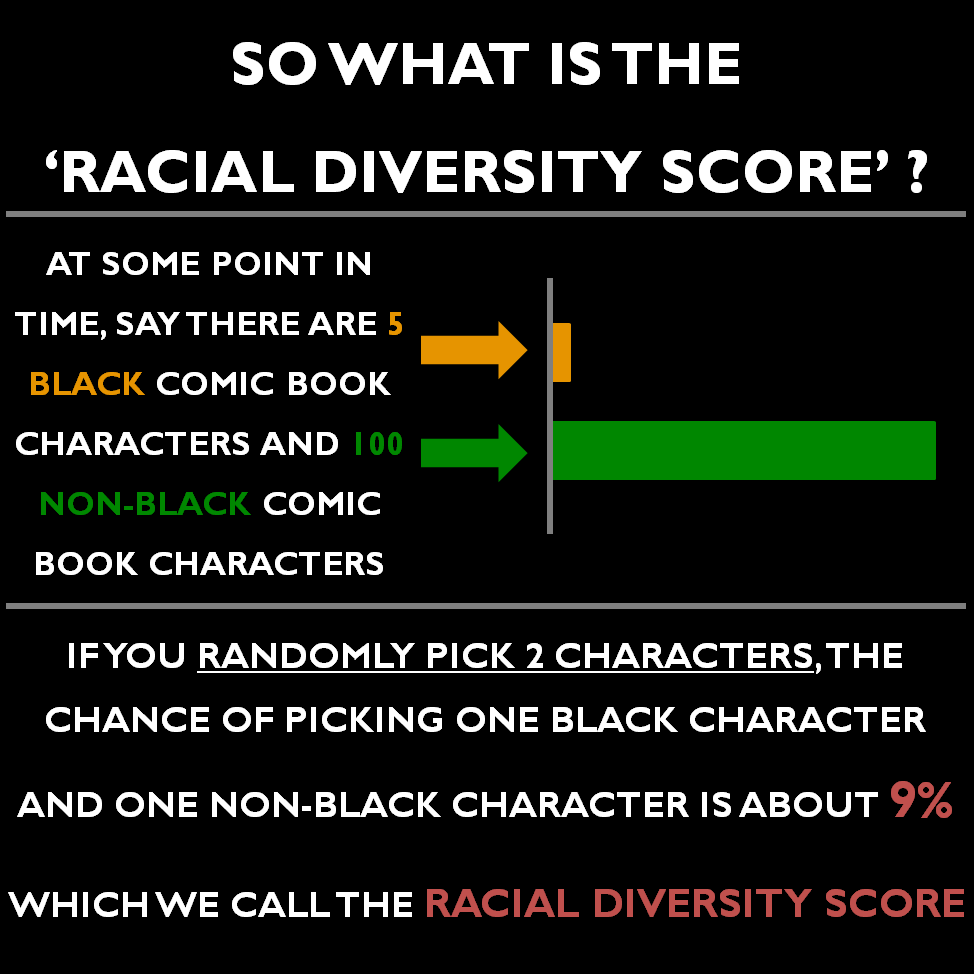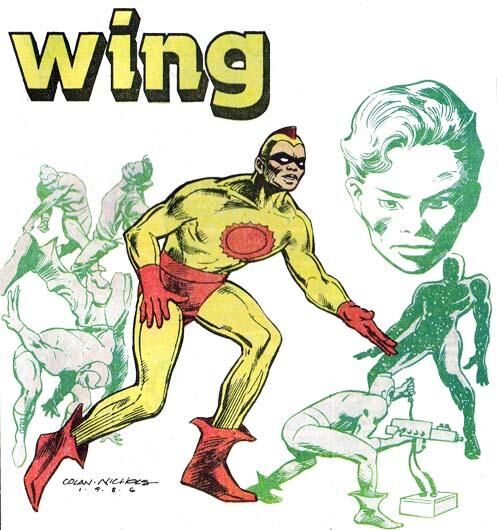The State of Asian Superheroes in Comics
Renzo Ledesma | IS 390 Independent Research Project
Motivation
Proper representation of marginalized groups in comics has been a core subject of this course, and I wanted to try applying some of my technical skills to the topic by creating some data visualizations regarding Asian characters in superhero comics.
This project is essentially a rip-off of this article by Ritvik Kharkar about this same exact topic but for Black characters in superhero comics. However, seeing as Kharkar wrote the original article surrounding the start of Black History Month and the release of Marvel's Black Panther movie, this project is a perfect introduction to the start of AAPI Heritage Month (which I totally planned.)
Let's start with the data! 🦸♀️
Data
The bulk of the data was gathered from FiveThirtyEight's Comic Characters Dataset, which tackled disparities in gender between different superhero comics. While this dataset provided useful information, such as character alignment (being good/neutral/bad), it didn't offer any information on race. Therefore, I had to fetch that data elsewhere.
I resorted to using Wikipedia(🤢) for its comprehensive list of Asian superheroes, which included both DC and Marvel superheroes that I trusted were also in the FiveThirtyEight dataset. With my basic web scraping skills, I was able to insert a simple asian/nonasian column in the FiveThirtyEight dataset to get enough data to start visualizing.
Unlike Kharkar, I am completely new and uncomfortable with both web scraping and data science, so learning some skills in both of these areas was challenging and resulted in less thorough data than the original article. I didn't have a great way to check whether a superhero in the Wikipedia list was either DC, Marvel, or neither (since that would've involved more heavy web scraping solutions that I simply don't understand now). That means I most definitely missed some superheroes in my final data, and this is something I can hopefully improve on if and when I re-approach this project.
Also, an additional disclaimer about the data that I'll take straight from Kharkar:
Just to point out one known source of error, comic books constantly write and rewrite characters as well as pass on the mantle of one superhero/supervillain to another character. Sometimes, a hero will originally be written as white and many decades later will be rewritten as black, for example. When scraping the wiki page for that character, it is possible that the original publication date will be fetched instead of the rewriting date. All this is to say, note that there will be minor errors although I have tried my best to maintain the accuracy of the scraped data.
Anyway, here's what I was able to do with the data I gathered!
How Has Racial Diversity in Comics Changed Through Time?
I essentially did the same graphs that Kharkar did but with Asian superheroes. I'm not confident that this "racial diversity score" is the best measurement of diversity in comics, but for the sake of consistency, I'll use the same scoring system that he uses, shown below:

And shown below is the graph with my data:
Racial Diversity Over the Years (Asian superheroes)
Unlike Kharkar's graph, superheroes did not see any significant rise in representation of Asian characters, and the percentage of Asian to non-Asian superheroes has remained consistently very small. I do think this is partly or mostly attributed to my lack of thorough data, and with a more well-scraped dataset, the racial diversity score would likely rise at least a bit more similarly to Kharkar's graph.
Interestingly, the spike at 1938 for DC characters is likely caused by the character Wing How, a Chinese immigrant who moved to America to escape Japanese persecution before World War II and joined as a chaffeur/crime-fighting companion to the Crimson Avenger. He first appeared in Detective Comics #20, part of Detective Comics (Volume 1), issued in October 1938.

Are Asian Characters Represented as Heroes or Villains?
Moving past just diversity, Kharkar also analyzed the alignment of Black superhero characters and how they were portrayed in superhero stories. Those original results seem to imply that there was a binary selection between good/bad, but the FiveThirtyEight dataset had a good/neutral/bad alignment selection, so I decided to make two graphs: one graph for the ratio between just good characters to total characters as the years go by (for both all superheroes and all Asian superheroes), and then another graph with both good AND neutral characters against the total number of characters (also for all superheroes and all Asian superheroes).
Ratio of # of Good Characters to Total # of Characters
Ratio of # of Good+Neutral Characters to Total # of Characters
Just like Black superheroes, Asian superheroes tend to be above the ratio for all superheroes, at least nowadays. Funnily enough, the dip in the late 1960s/early 1970s is actually a data mistake. The Wikipedia list for Marvel superheroes lists Wave, the upcoming Filipina(woo!) superhero. However, since I naively just checked if any Marvel superheroes had the word 'Wave' in their name, this also snagged the villains Crime-Wave and his agent Torpedo (Agent of Crime-Wave), who I don't believe are delineated as being Asian at all.
Another mistake is the Mandarin's Robotic Hulk, who's listed as Robert Bruce Banner (Mandarin Robot) (Earth-616) and was caught under the Mandarin's name. All three of these characters first debuted in 1969, which led to that little dip. In the mid 1970s, however, the influx of more good-aligned Asian superheroes caused the ratio to rise in both graphs.
Wrapping Up
Despite my faulty data science skills, my conclusions fall quite similarly to Ritvik Kharkar's. The good news is that, like in most media, racial diversity is slowly and steadily increasing, and that both Asian and Black superheroes are written as heroes in comics rather than villains (though that isn't necessarily a good or bad thing - this statistic requires much more close-reading and nuance of the actual source material).
Despite a steady increase in representation of characters, it often does not match up with the actual production and industry behind comics. More Asian and BIPOC writers, artists, and creators need the space to tell their own stories, and representation within the industry is a much more institutional issue that won't be solved overnight.
Still, progress is progress - quoting from Kharkar:
[W]e need to applaud and support racial diversity in comics in any way it may manifest, especially with an increasing number of film and TV adaptations.
As time goes on, I hope that AAPI, BIPOC, LGTBQ+, and other marginalized groups can find a space within the comics universe, both in the stories and characters we hold dear to our hearts as well as in the positions of writers, artists, creators, designers, and storytellers who create those beloved characters.
© 2022 Renzo Ledesma